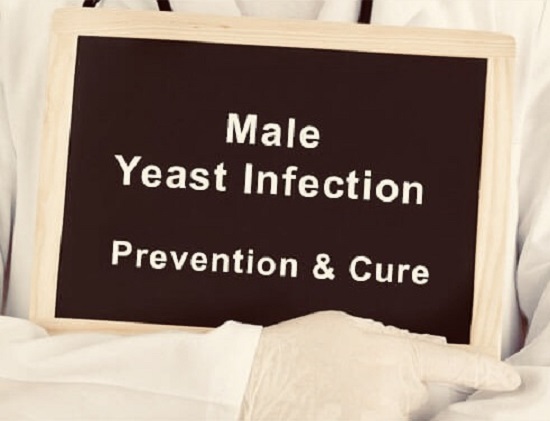When we think of yeast infections, we often associate them with women. However, it might surprise you to learn that men can also experience this uncomfortable condition. While less common, here at pure wellness whisper, we will look candidiasis in men how it can occur, and understanding the facts is crucial for recognizing and managing this issue effectively.
What Causes Yeast Infections in Men?
Yeast infections in men are typically caused by an overgrowth of the Candida fungus, most commonly Candida albicans. This fungus is naturally present in the body, but certain factors can lead to its overgrowth, resulting in an infection.
Factors that Can Increase the Risk of Yeast Infections in Men Include:
1. Antibiotic Use: Antibiotics can disrupt the natural balance of bacteria and yeast in the body, potentially leading to an overgrowth of yeast.
2. Uncontrolled Diabetes: High blood sugar levels can create an environment conducive to yeast overgrowth.
3. Weakened Immune System: Conditions that weaken the immune system, such as HIV/AIDS or certain medications, can increase the risk of candidiasis.
4. Sexual Transmission: While less common, candidiasis can be transmitted through sexual contact.
Symptoms of Yeast Infections in Men
Yeast infections in men can present with symptoms such as:
• Itching or burning in the genital area
• Redness or rash on the penis
• Discomfort or pain during urination or sexual intercourse
• Thick, white, odorless discharge from the penis
Treatment and Prevention
Treatment for candidiasis in men typically involves antifungal medications, either applied topically to the affected area or taken orally. Following the prescribed treatment regimen is essential to effectively clear the infection.
Prevention strategies include:
• Maintaining good hygiene, especially in the genital area
• Avoiding the use of perfumed soaps or douches in the genital area
• Wearing loose-fitting, breathable underwear
• Managing underlying health conditions such as diabetes or HIV/AIDS
When to Seek Medical Attention
If you suspect you have a yeast infection, it’s essential to consult with a healthcare professional for an accurate diagnosis and appropriate treatment. Additionally, if you experience recurrent candidiasis or have underlying health conditions, addressing these issues with your healthcare provider is important.
Conclusion
While yeast infections in men are less common, they can occur and cause discomfort and inconvenience. By understanding the causes, symptoms, and treatment options, men can effectively manage yeast infections and take steps to prevent recurrence. If you believe you have a yeast infection, don’t hesitate to seek medical advice for proper diagnosis and treatment.



